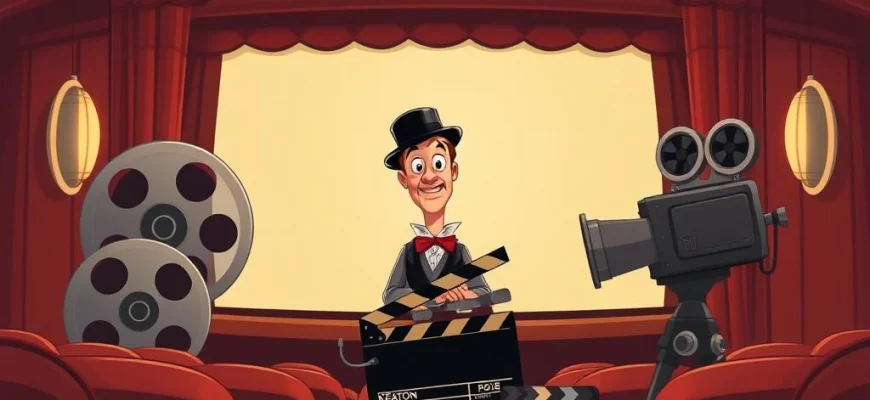If you loved the classic silent comedy 'Go West' (1925) starring Buster Keaton, you're in for a treat! This article explores 10 similar movies and shows that capture the same charm, humor, and adventurous spirit. Whether you're a fan of vintage cinema or just discovering Keaton's genius, these recommendations will keep you entertained.
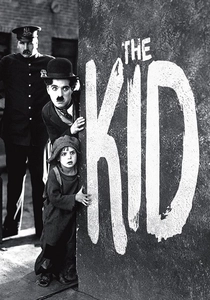
The Kid (1921)
Description: A heartfelt story combining comedy and drama, focusing on the bond between a tramp and an orphaned boy. The film's emotional depth and humorous moments create a touching narrative about survival and companionship.
Fact: This was Charlie Chaplin's first full-length feature film. The child actor, Jackie Coogan, became one of the first major child stars in Hollywood.
 Watch Now
Watch Now 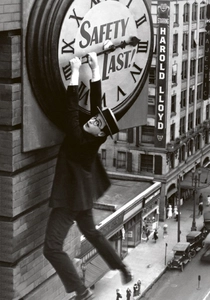
Safety Last! (1923)
Description: Known for its iconic clock tower stunt, this film blends physical comedy with suspenseful sequences. The protagonist's daring feats and comedic timing make it a standout in silent cinema.
Fact: Harold Lloyd performed the famous clock-hanging scene himself, despite having lost a thumb and forefinger in a previous accident. The stunt was done without any safety nets.
 Watch Now
Watch Now 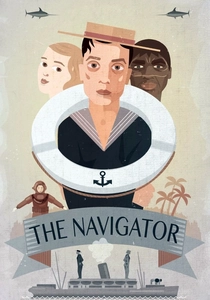
The Navigator (1924)
Description: A comedy of errors set on a deserted ocean liner, featuring a wealthy man and a woman who must fend for themselves. The film's inventive gags and nautical setting provide a unique twist on silent-era humor.
Fact: Buster Keaton and his co-star Kathryn McGuire were the only actors on the ship for most of the film. The production used a real ocean liner, which added to the authenticity of the scenes.
 Watch Now
Watch Now 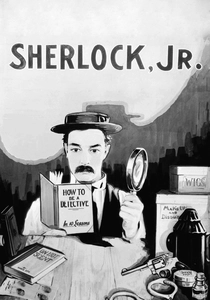
Sherlock Jr. (1924)
Description: A clever mix of comedy and fantasy, where a film projectionist dreams of becoming a detective. The film's innovative use of visual effects and dream sequences sets it apart as a pioneering work in silent cinema.
Fact: Buster Keaton performed all his own stunts, including a dangerous fall from a water tower. The film's dream sequence was one of the first to use complex visual tricks.
 Watch Now
Watch Now 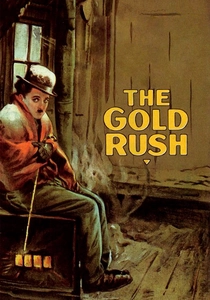
The Gold Rush (1925)
Description: A blend of comedy and drama set in the harsh conditions of the Klondike Gold Rush. The film's protagonist uses humor and resilience to overcome challenges, embodying the spirit of perseverance and adventure.
Fact: Charlie Chaplin considered this his favorite of his own films. The scene where he eats his shoe is one of the most memorable in silent cinema.
 Watch Now
Watch Now 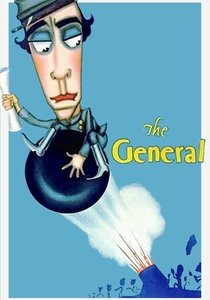
The General (1926)
Description: A silent comedy that blends physical humor with thrilling action sequences, set against the backdrop of the American Civil War. The film showcases a protagonist's relentless pursuit against all odds, much like the adventurous spirit seen in other classic silent films.
Fact: Buster Keaton performed many of his own dangerous stunts, including the famous train sequence. The film was initially a box office failure but is now considered a masterpiece of silent cinema.
 Watch Now
Watch Now 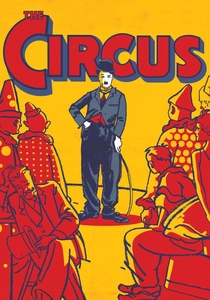
The Circus (1928)
Description: A comedic tale set in a circus, featuring a tramp who stumbles into the world of performers. The film's blend of humor, romance, and physical stunts captures the essence of classic silent comedy.
Fact: Charlie Chaplin faced numerous challenges during production, including a studio fire and personal turmoil. Despite this, the film won him a special Academy Award.
 Watch Now
Watch Now 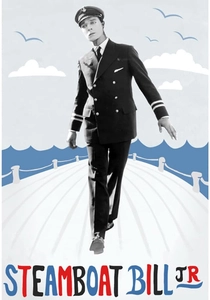
Steamboat Bill, Jr. (1928)
Description: This film features a mix of slapstick comedy and daring stunts, with a protagonist who must prove himself in the face of adversity. The setting on a steamboat adds a unique charm and adventure element.
Fact: The iconic scene where a building facade collapses around Buster Keaton was performed without any trick photography. It remains one of the most famous stunts in film history.
 Watch Now
Watch Now 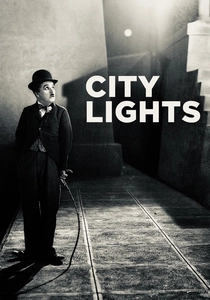
City Lights (1931)
Description: A poignant silent film that combines comedy with deep emotional storytelling. The protagonist's selfless acts and humorous misadventures create a touching narrative about love and sacrifice.
Fact: Charlie Chaplin insisted on releasing it as a silent film despite the advent of talkies. The flower girl was played by Virginia Cherrill, who was discovered by Chaplin at a boxing match.
 Watch Now
Watch Now 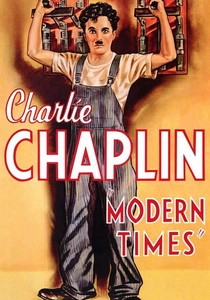
Modern Times (1936)
Description: A satirical take on industrialization and the struggles of the working class, blending comedy with social commentary. The film's physical humor and heartfelt moments reflect the timeless appeal of silent-era storytelling.
Fact: This was Charlie Chaplin's last silent film, though it includes some synchronized sound effects. The famous factory sequence is a critique of the dehumanizing effects of modern technology.
 Watch Now
Watch Now 
